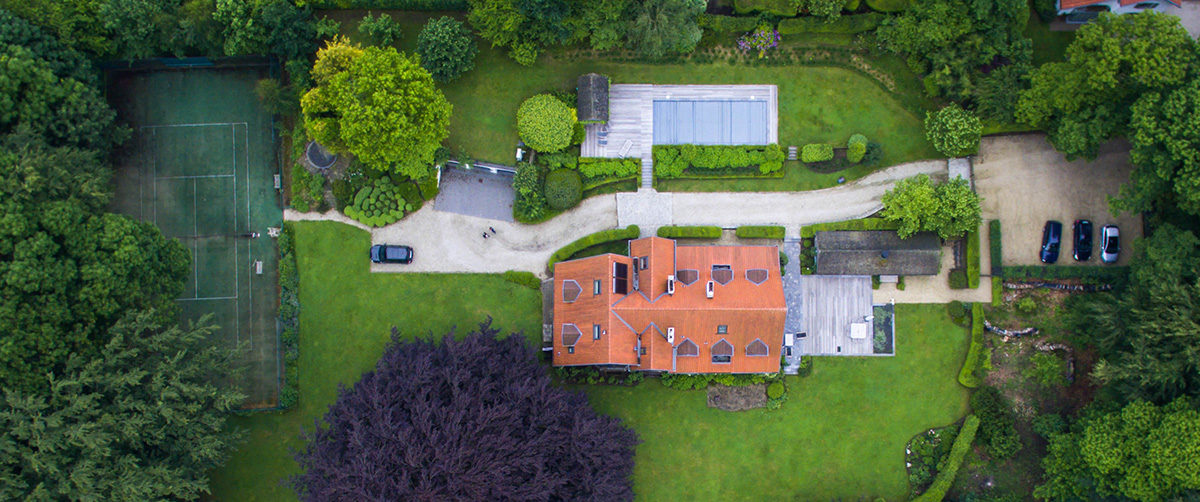
I have nearly 40 years of experience in real estate, handling many different types of residential transactions. I have bought and sold properties and own rental income properties, but most of my investments are in the area of mortgages. My company is a niche mortgage brokerage that specializes in high ratio loans, stopping evictions from power of sale and foreclosure, and real estate litigation. One of the most important aspects of investing in real estate and reducing risk is to determine the value of the property. Overpaying will almost certainly lead to a loss on a project and could lead to conflicts if you have partners. Do not be an impulsive buyer! Take your time to ensure your valuations and expenses are reasonable. To get a proper estimate of the value of a house you will need more than one source of data.
Determine property value
To establish the value of a property, I recommend using websites such as Bungol.com or Zoocasa.com. After years of legal battles, the courts ruled that websites can publish historical sales on properties. Use multiple sites since each one seems to have different methods of compiling and displaying the data. The information these sites provide includes active listings, sold data and terminated listings. Note that these websites provide data from the MLS and do not include private sales data. If you are seriously considering multiple investment transactions per year, I highly recommend you check Ontario’s official property record database. Teranet is the exclusive provider of land registry data in Ontario, and reports can be bought from onland.ca or teranetexpress.ca. After you have looked up as much information as possible, go inspect the house personally. Look at the neighbourhood; is the property you want to buy better or worse than nearby properties? Inspect the interior and exterior of the house. Look for items that could cost a lot of money to repair. Have a contractor look at the house while you are there so you understand what needs to be repaired and the associated cost. Also, ask a local realtor to give you an estimate on the property’s value.Make a financial plan
Once you have found a house to buy and know the expenses related to the property, do the math. Prepare a financial plan for each project. I include: interest cost, repairs, taxes, permits, etc. Estimate your profit if it is a quick flip or determine your cash flow if you intend to keep the property long term. Having a financial plan helps clarify your financial risk. Can you afford to complete the project or will you run out of money? A good financial plan will tell you if you should proceed with the purchase or look at other deals.Exit strategy
Finally, always have an exit strategy. If you make a great buy and are making money off your investment you will have no pressure to sell. But if unforeseen expenses lead to losses you should know how much you can sell the property for and how long it will take. Proper research during the buying process will ensure you are familiar with the selling price and your potential profit or loss.
Ron Alphonso (Retail Management ’81, Business Management ’84, MBA ’09) is a Toronto-based mortgage specialist.


